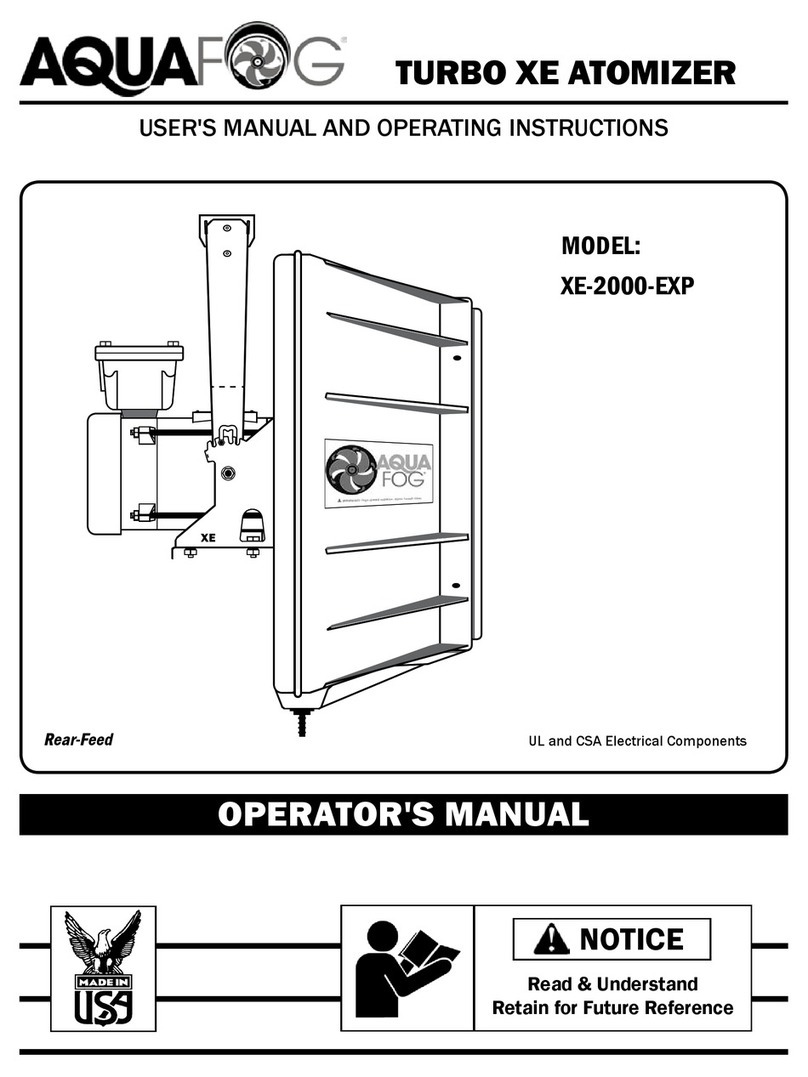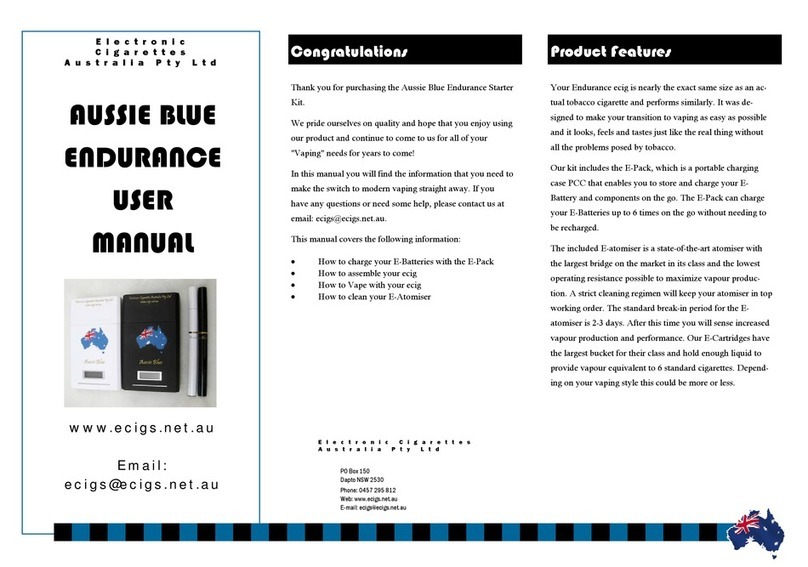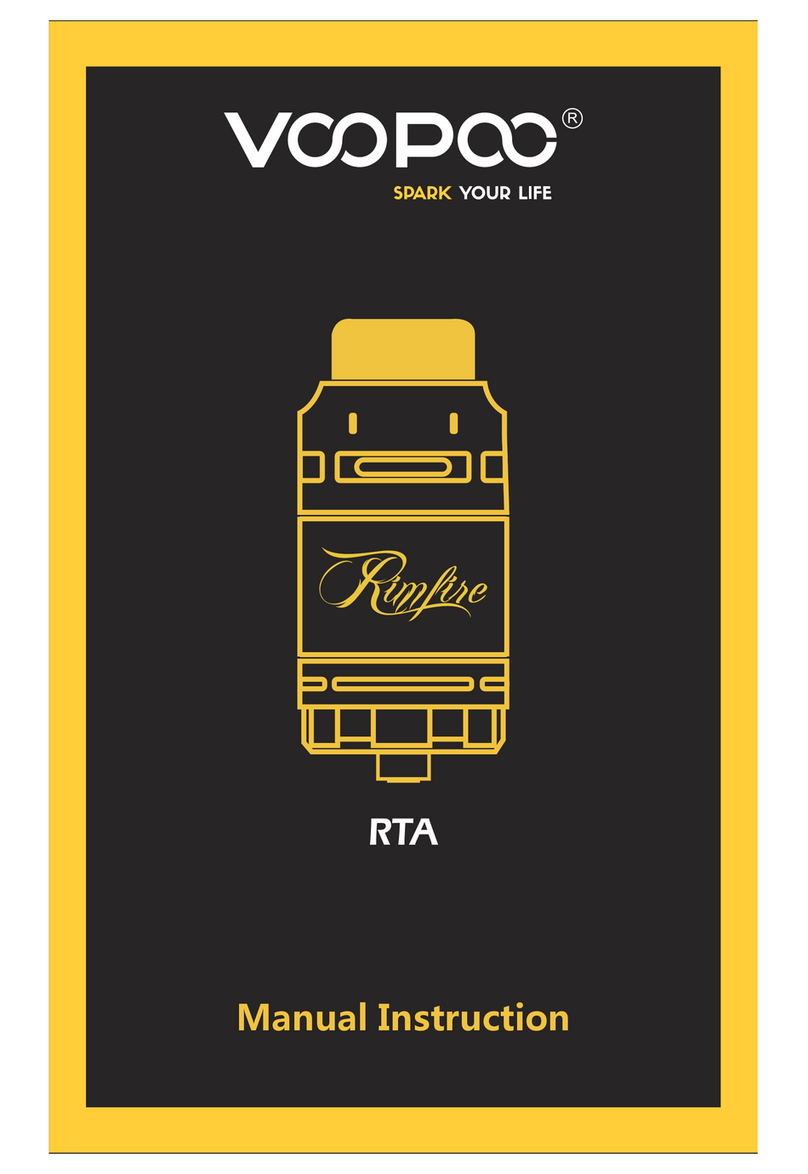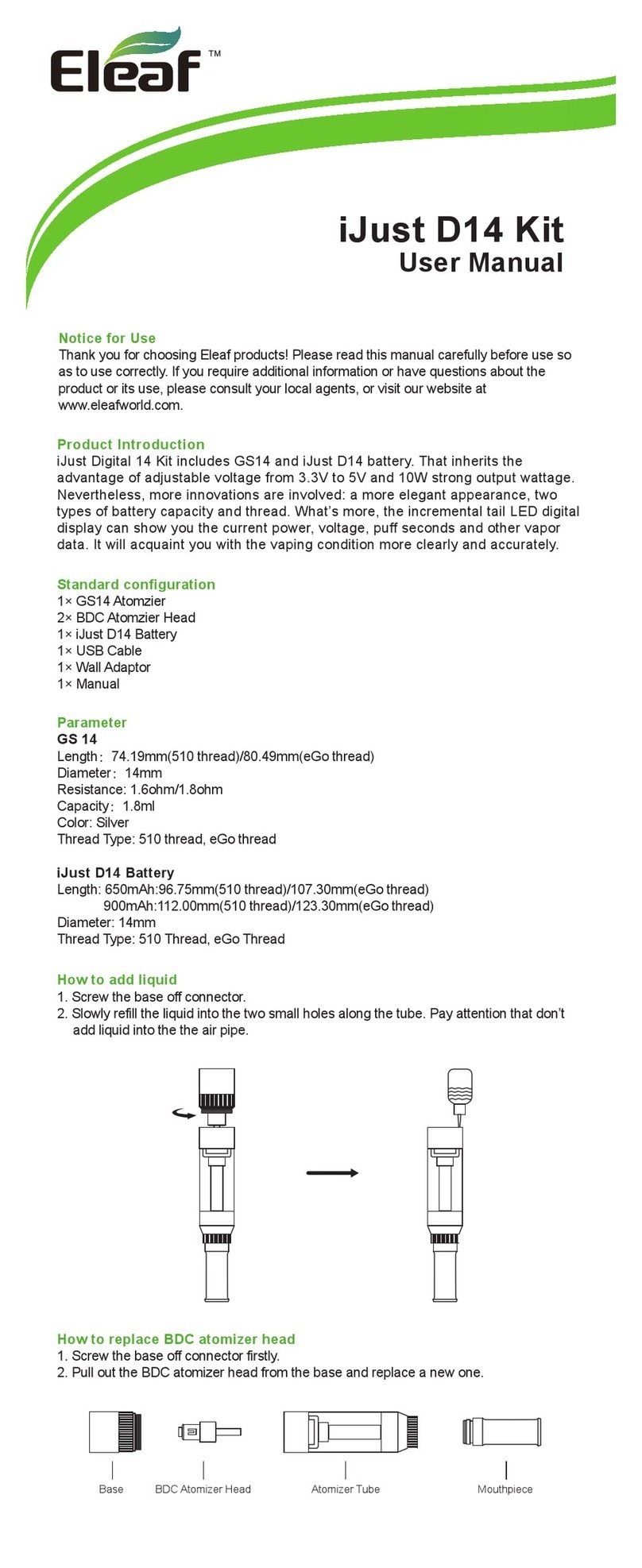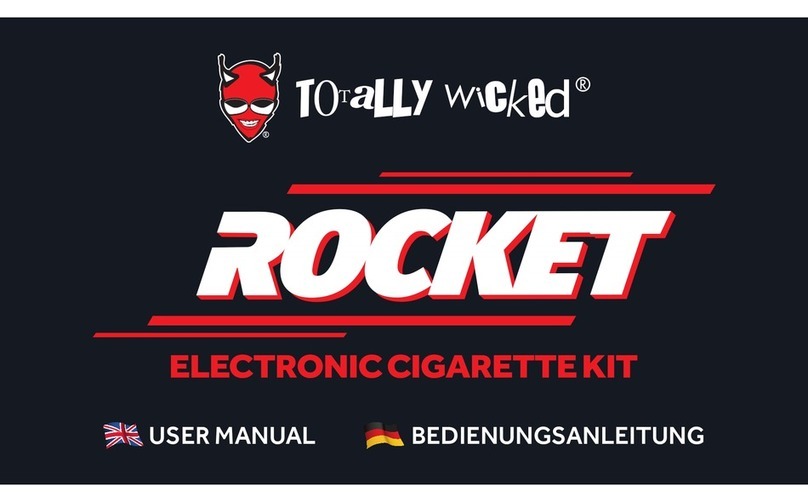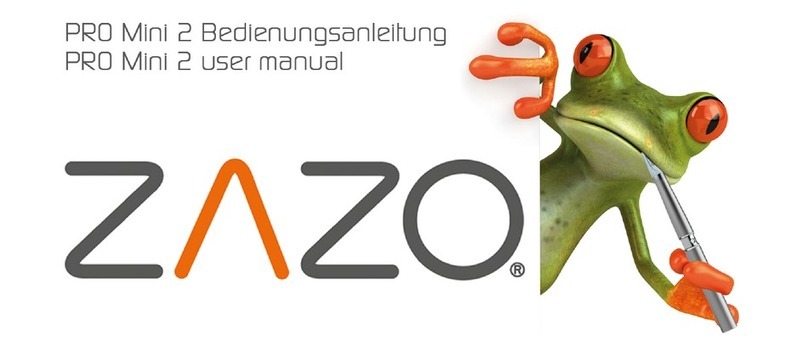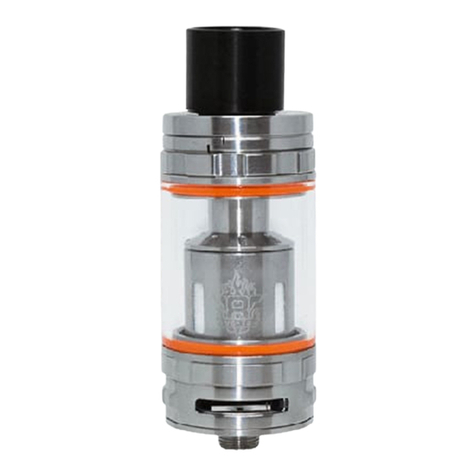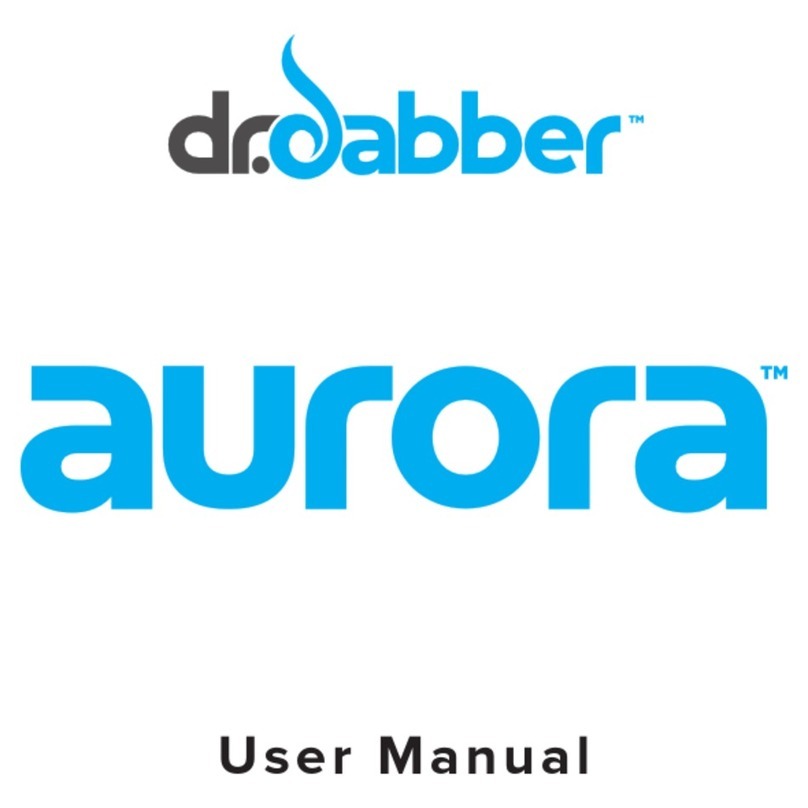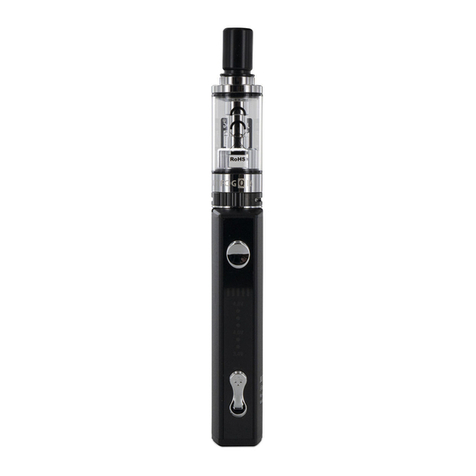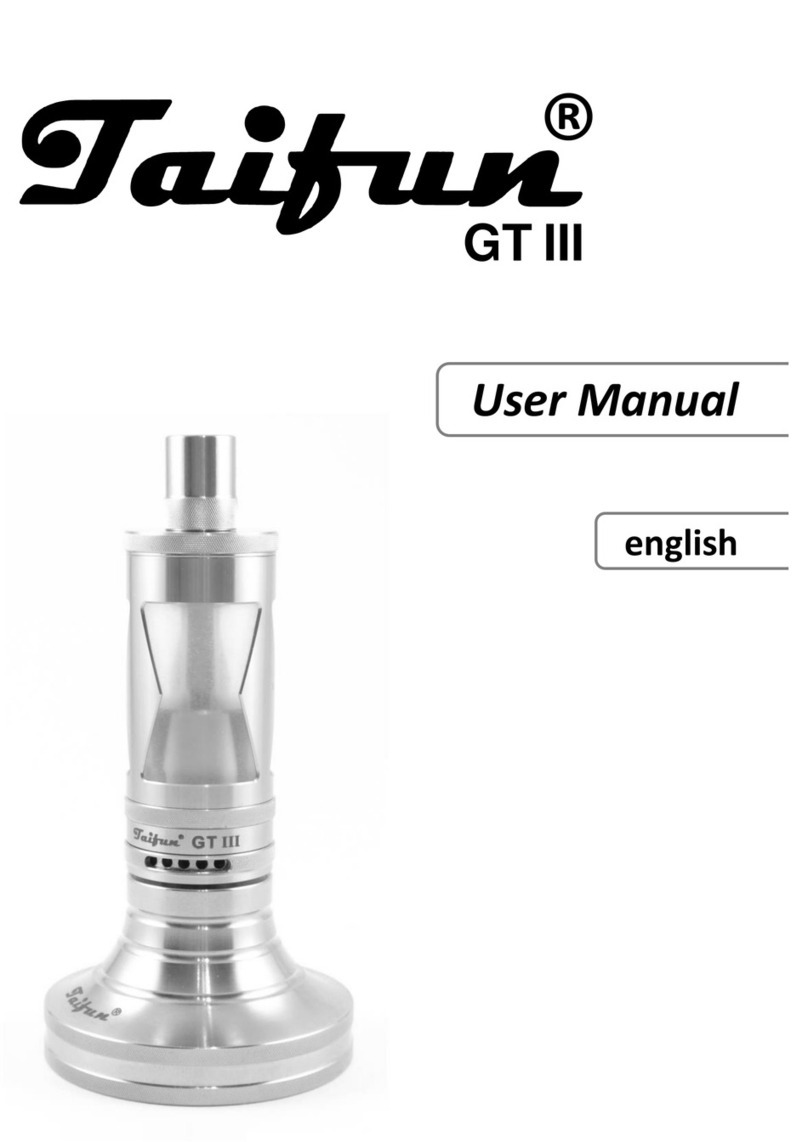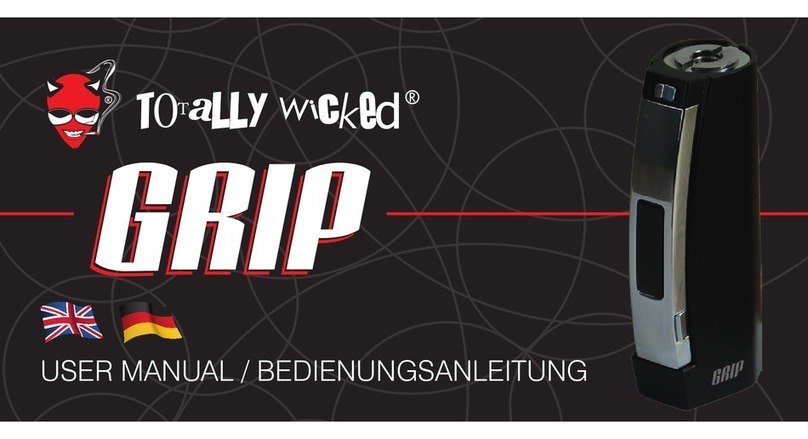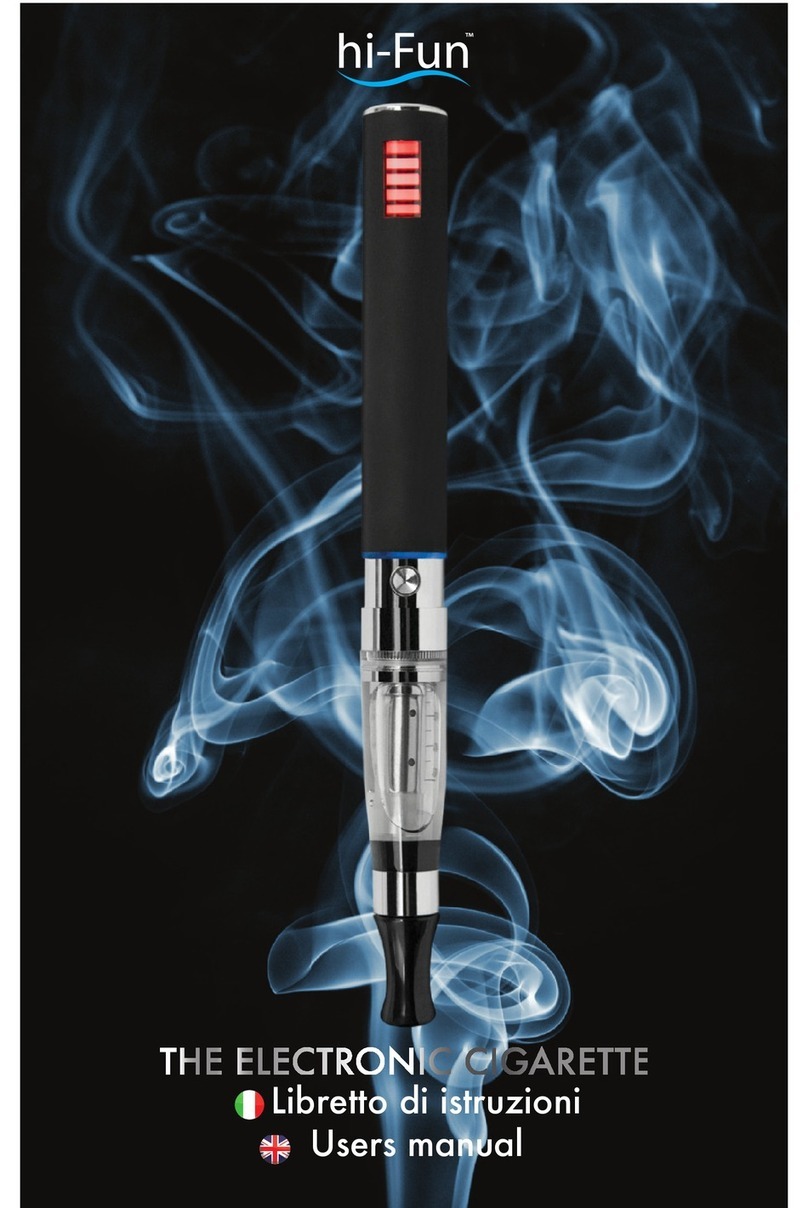
Table Of Contents
Introduction ...........................................................................................................................................1
Thank You..................................................................................................................................1
System Requirements ...............................................................................................................1
How It Works ..................................................................................................................................... 2-3
Installation ....................................................................................................................................... 4-10
Mounting....................................................................................................................................4
Dimensions ......................................................................................................................4
Articulating Arm................................................................................................................4
Adjustable Magnet Mount ................................................................................................4
Modular Mounting System ...............................................................................................4
Modular Mounting System Assembly .................................................................................... 5-6
Fluid & Air Connections ....................................................................................................... 7-10
4210 Series (Direct Operation) ........................................................................................7
4210 Series (Daisy Chain Operation) ..............................................................................8
4210 Series (Manual Valve Operation) ............................................................................9
4230 Series (Remote Operation)...................................................................................10
Startup & Operation ..................................................................................................................... 11-13
Preliminary...............................................................................................................................11
At The Nozzle (4210 Series Only) .................................................................................11
At The Valve Stack (4230 Series Only)..........................................................................11
Prime The System ............................................................................................................. 12-13
Ensure Air Is Connected ................................................................................................12
Ensure Fluid Is Connected ............................................................................................13
Adjust The Spray Pattern ........................................................................................................13
Adjust The System For Pressure Drops ..................................................................................13
Troubleshooting ........................................................................................................................... 14-15
Rebuild Kit Instructions ............................................................................................................... 16-19
Appendix A: 4210 Series Drawing ....................................................................................................20
Appendix B: 4230 Series Drawing ....................................................................................................21
Appendix C: 4210 Series Part Numbering Scheme .........................................................................22
Appendix D: 4230 Series Part Numbering Scheme .........................................................................23
Appendix E: Low Volume Spray Nozzle Spray Patterns .................................................................24
Notes....................................................................................................................................................25
